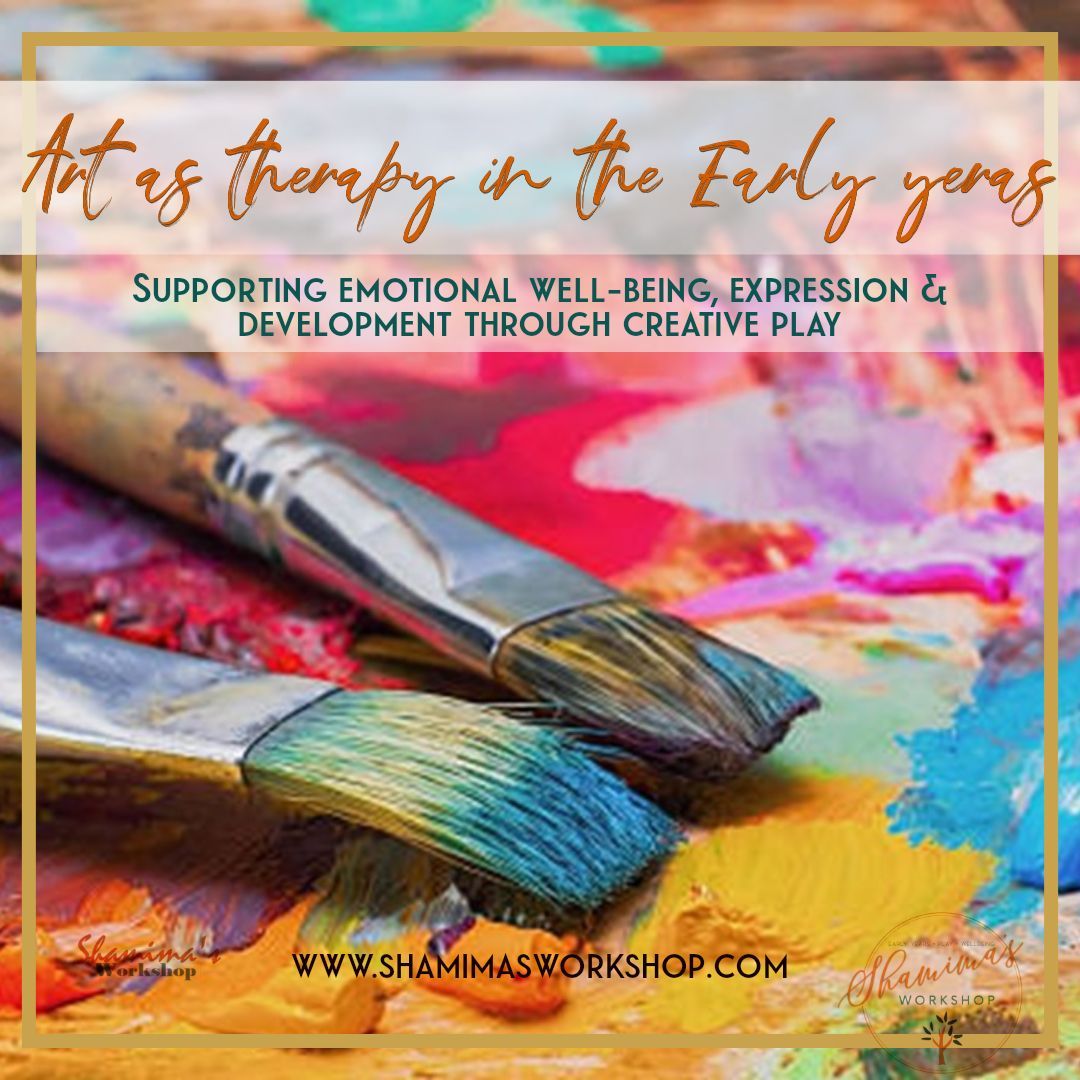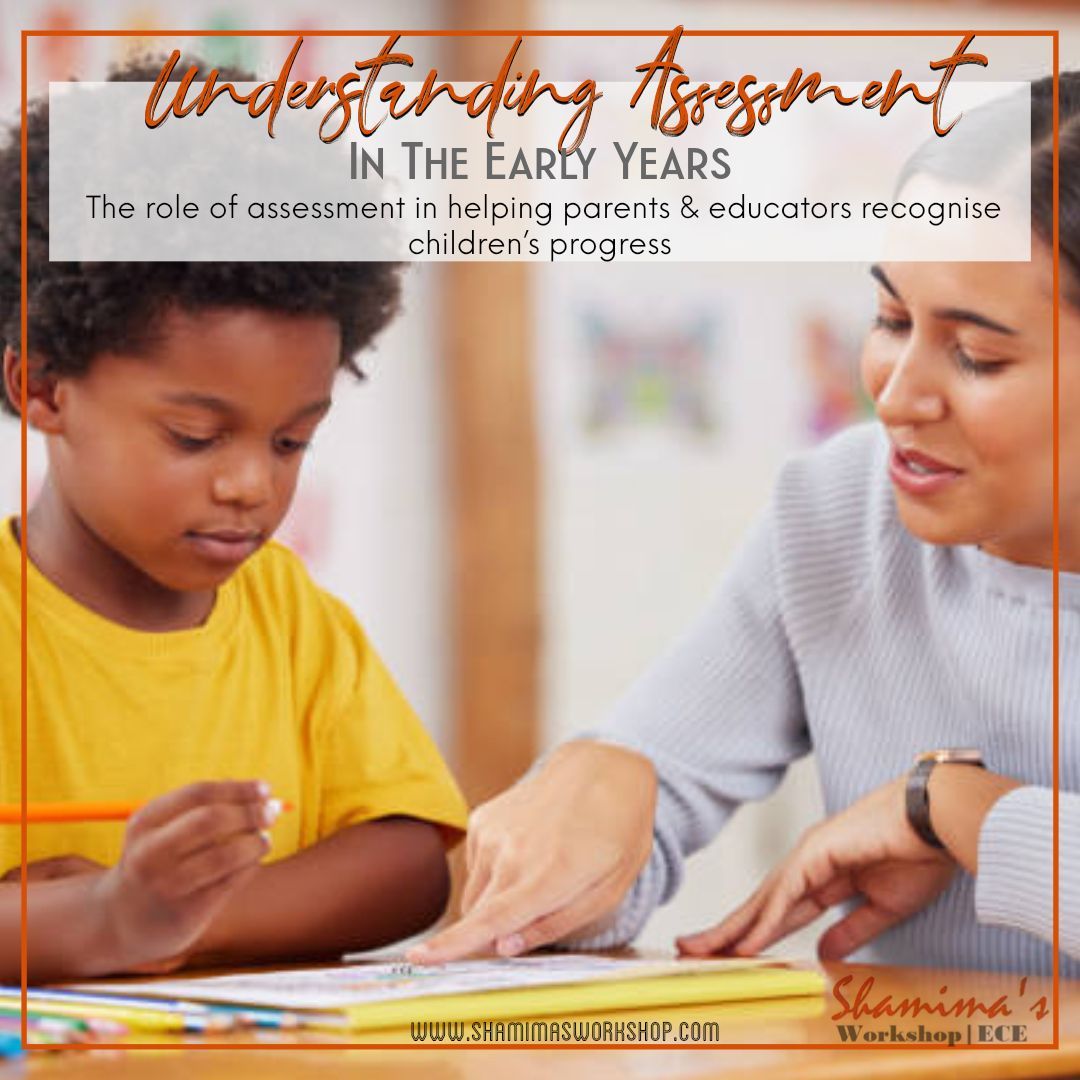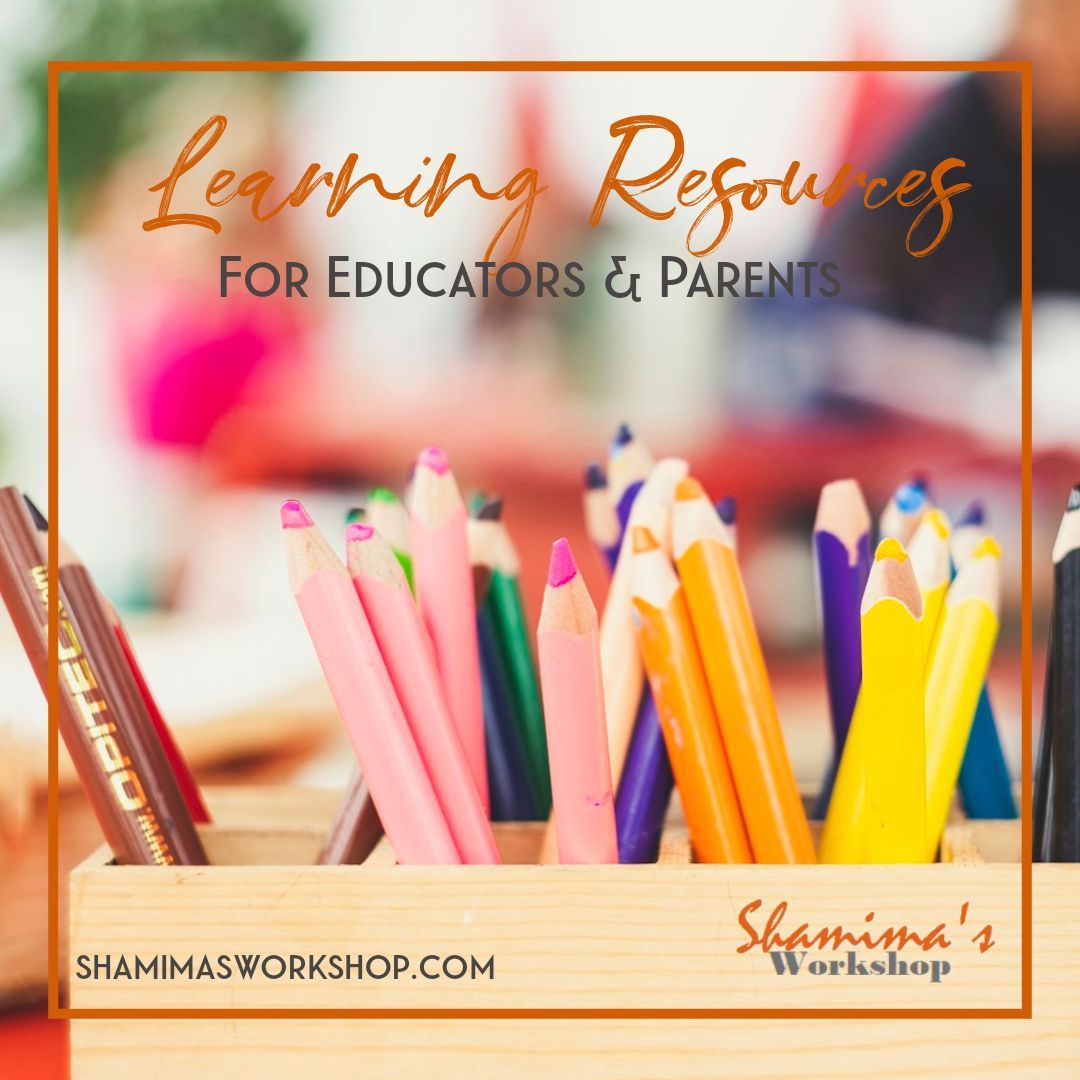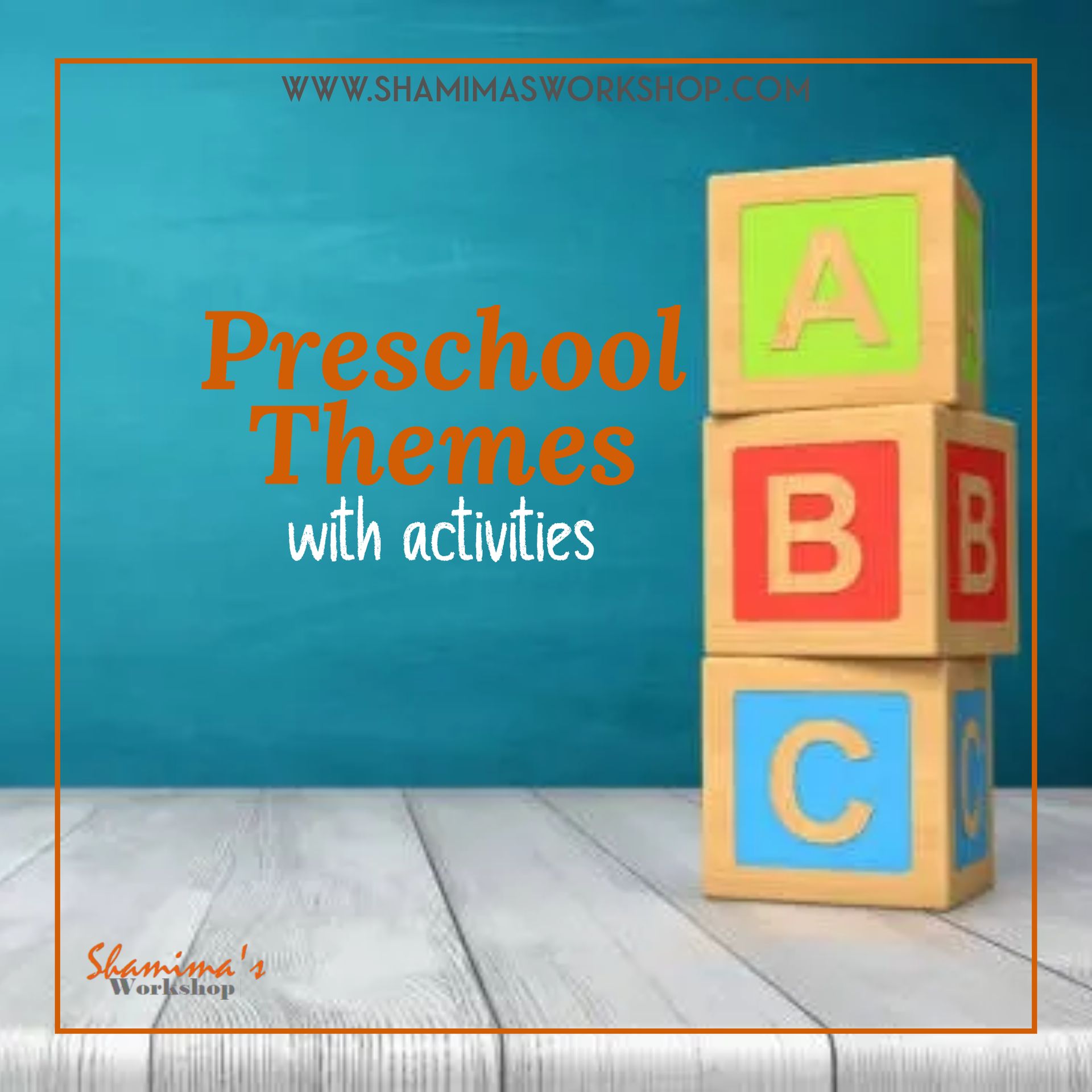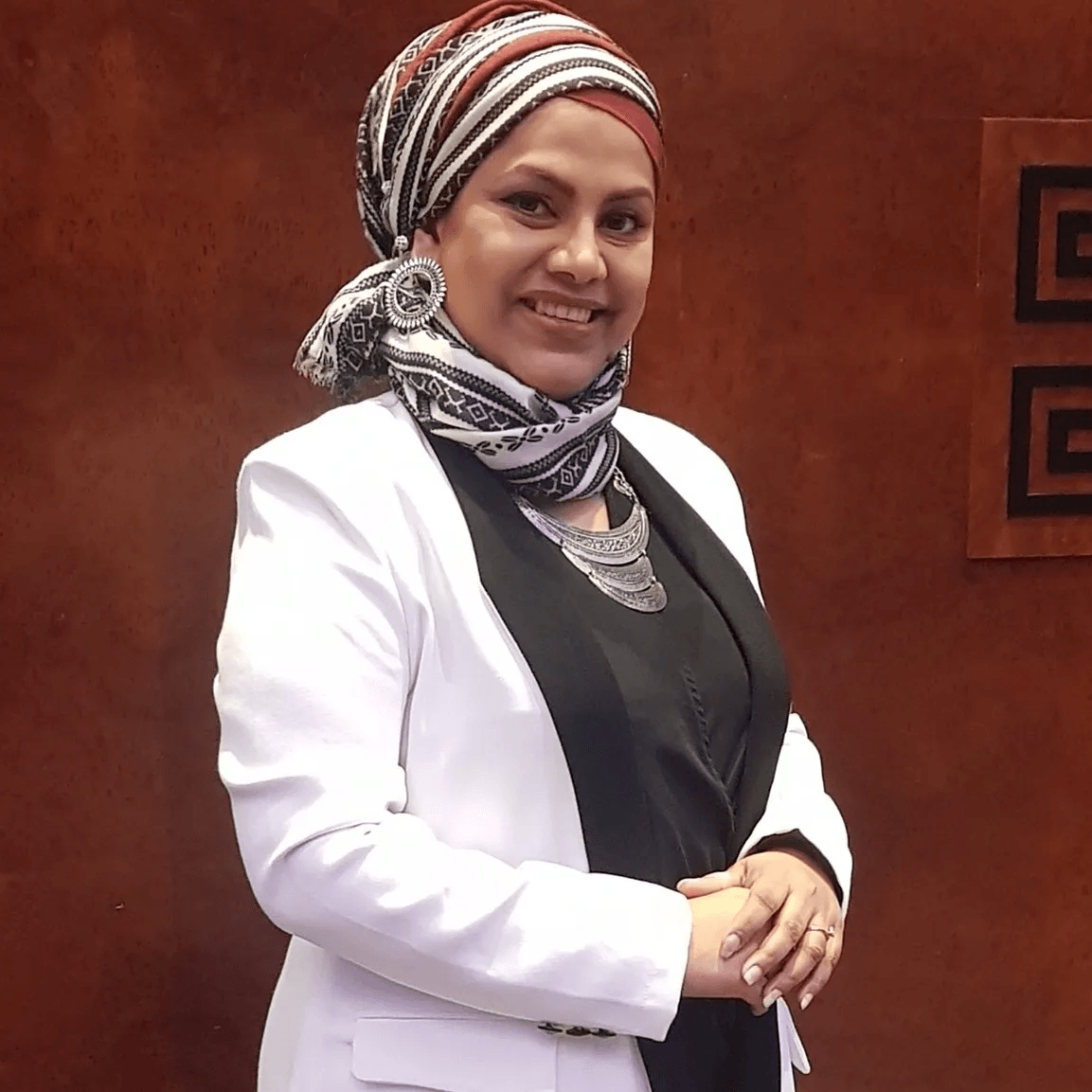The Importance of Creativity and Imagination for Children
T he Importance of Creativity and Imagination
for Children
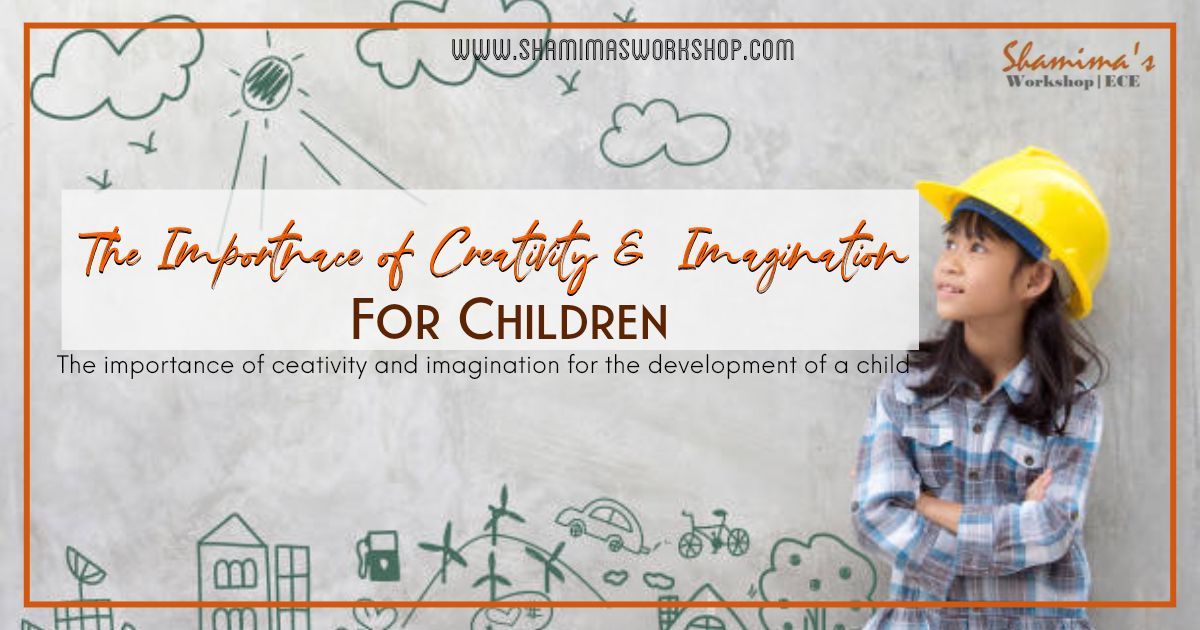
The Importance of Creativity and Imagination for Children
Creativity and imagination are important in the early years of a child's development. Children can develop and thrive emotionally, socially, and physically through creative and imaginative play. Creative activities encourage a child's development of these skills while also allowing them to express their thoughts, feelings, and ideas. Exploring creative possibilities with children contributes to and promotes their development. Let's see how creativity and imagination can help in a child's learning and growth.
Promotes social interactions and emotional development
Creativity and Imagination are important as they aid in the personal, social, and emotional development of a child. It helps the child develop relationships, self-awareness, and self-confidence, as well as manage feelings and behaviour. When children are playing turn-taking games, for example, they learn how to be fair and take turns; they also learn patience as they have to wait their turns. Another skill learned through creative play is sharing with friends, which is vital to making meaningful relationships.
Helps in the development of motor skills skills
Creativity and imagination are important for the development of a child since they enhance their physical development. Art and craft, pretend play, or simply playing outdoors prove to be fine motor activities for children. Whether a child is dancing to their own beat or jumping over bushes outdoors, it improves hand-eye coordination and muscle memory. Dressing up dolls and playing with small cars and figurines helps your child self-regulate her movements and behaviour.
Aids cognitive development
Creativity and Imagination are important as they enhance the cognitive development of children. This is important as it enhances a child’s brain development. Creative play like cooking involves reading and writing as well as an understanding of numbers, shapes, and sizes. This improves a child’s literacy and numeracy skills. Through creative and Imaginative play like storytelling, the child is able to understand the world and how certain concepts work. It is therefore important to ensure that children are given options and opportunities for creative and imaginative play so they can grow holistically.
Builds communication skills
Creativity and imagination help the children grow in communication and language. This involves their understanding, paying attention, and speaking. When children are involved in talking and listening games, like playing together "I spy", they grow their language since they are talking to one another. Games that have rules, for example, help children learn to pay attention to details and follow instructions. When children are playing with their peers, like in role-playing, they grow their vocabulary as they express their ideas to their friends.
Different activities that contributes to a child's creative and imaginative development
“You can't use up creativity. The more you use, the more you have” - Maya Angelou, Poet
Role Play and Dressing up
Role play and dressing up contribute to a child’s creative and imaginative development since the child is able to express their ideas as well as pretend to be someone or something else. The children get the opportunity to experiment with their ideas in real life. Children, for example, love superheroes, so they enjoy dressing up like their favourite superheroes. In role play, a child will dress like Superman and pretend to save the world from a crisis. This will contribute to a child’s creative and imaginative development. Here are just a few common children’s role play examples:
- Pushing a doll in a pram
- Pretending to be a superhero
- Going shopping and "paying" for items
- Having an adult conversation on a toy phone
- Pretending to be a nurse, she sees a patient and a doctor consulting in her room.
Construction Building
Constructive play contributes to a child’s creativity and imagination since the child gets to express their understanding of the world through play. This type of activity will involve the child stacking blocks to create a tower, for example, a child gets the chance to imagine themselves building a tower such as the Burj Khalifa. The child who is stacking blocks will have a sense of accomplishment as the tower grows bigger, but they might also feel disappointed when the last block makes the tower crumble. The child will also talk about his or her creation and learn from other children when they are playing in a group, thereby expanding their creativity. The child will also experiment with materials and discover how things work.
Drawing and Painting
Children get the opportunity to expand their creativity and imagination through drawing and painting. These activities help a child develop many thinking skills that include problem-solving, developing their imagination, concentration, and critical thinking. By exploring different materials and tools, discovering new concepts and techniques, and exploring different colours, children can develop their ideas and their understanding of the world. Having the choice to choose from a set of colours, mixing different colours and using different techniques to blend, and using different materials and objects to fit with each other are all ways in which children utilise and develop their creativity and imagination.
Through drawing and painting, children learn to explore their environment, learn about themselves, and develop their imagination. With art, there is no right or wrong; children have endless possibilities to create and express their imagination. Young children are not focused on getting an end result; such activities let them be in the moment and use their imagination, which enhances their creative development.
Through painting, sculpture, collage, clay, drawing, or any other medium, art is a way for children to work through emotions, make decisions, and express their ideas. Furthermore, art activities build confidence because children gain a sense of mastery over materials, resulting in a new creation.
Activities involving words
From rhymes to riddles, silly sounds to phonics, games like "I Spy" to making up lyrics to well-known songs, verbal interactive activities can inspire and nurture creative minds. These activities both increase vocabulary and help your child learn phonics. These games are also a great way to pass the time on long car rides.
Cooking
Children learn to explore their imaginations when they are involved in cooking. This activity helps them learn about measurement and how to mix and blend. They also learn kitchen safety and hygiene, as well as healthy eating. Cooking contributes to a child’s creativity and imagination since it involves experimenting with different food items. A child who is making a fruit salad, for example, will explore different textures and colours of fruits to understand which fruits can be mixed together and how they differ in taste. The child will also grow their imagination and creativity through interacting with the kitchen equipment, working with their peers, and following the teacher’s instructions.
Storytelling and Reading Storybooks
Storytelling contributes to a child’s development as the child’s imagination is invoked. The child’s imagination develops through this activity as the child think and come up with answers to the question, What happens next?’ The different scenarios the child creates help to develop their imagination. The practitioner will ask children to come up with ways to end a story or ask the children ‘What next? or ‘What if? questions that provoke children to use their imagination in answering the questions and predicting what comes next. The children may even role-play and act as characters from the book.
Using the child's imagination, brainstorm other possible scenarios or endings for the story, make up stories with the child, sometimes with her as the main character and sometimes with ethical dilemmas, and make up a continuing story in turns.
Final thoughts:
As children are enrolled in early childhood education, they learn to express themselves fully and confidently. Creativity fosters their mental health growth as it creates a platform and opportunity for the children to think, try new things, be patient, come up with ideas, and solve problems.
Shamima's Early Years Blog
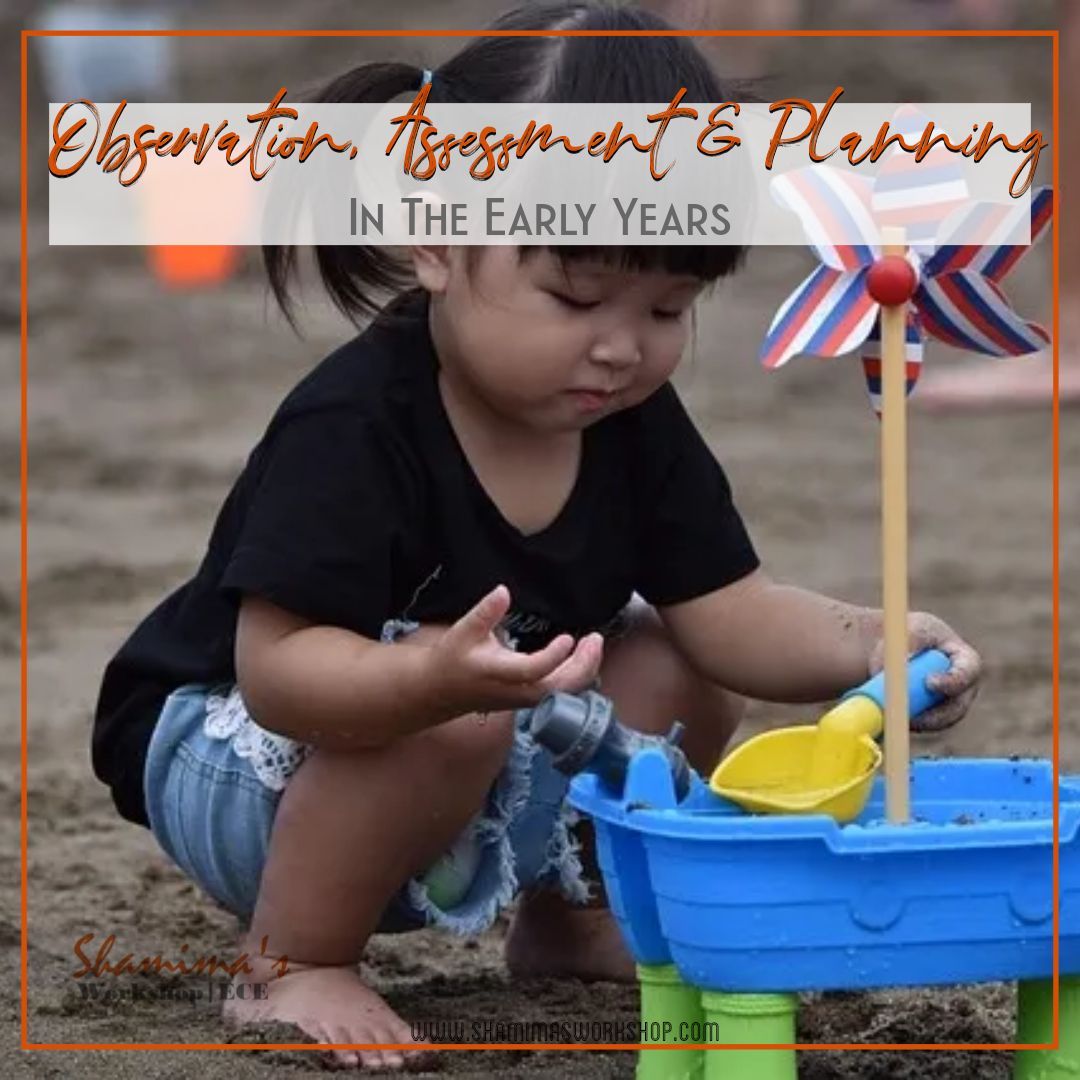

Welcome
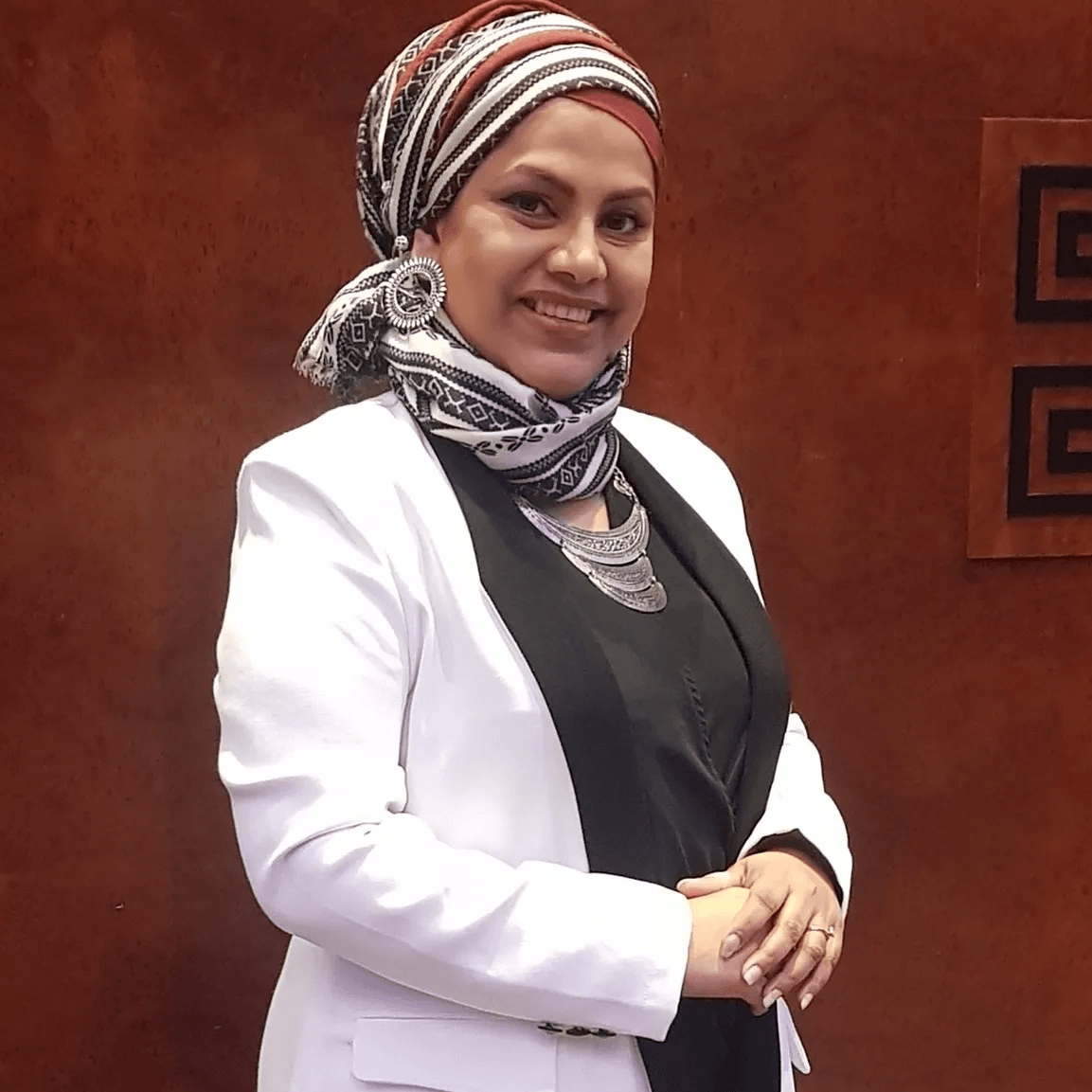
Hi, i am Shamima Fowzee, an early years educator, trainer and consultant. I Share ideas, inspiration, & resources for play-based, inquiry-led learning. Find out more about me here.
SHOP NOW
RECENT POST


How can I thank you? Spread the word!
For everyone who is passionate about the importance of Early Years.

